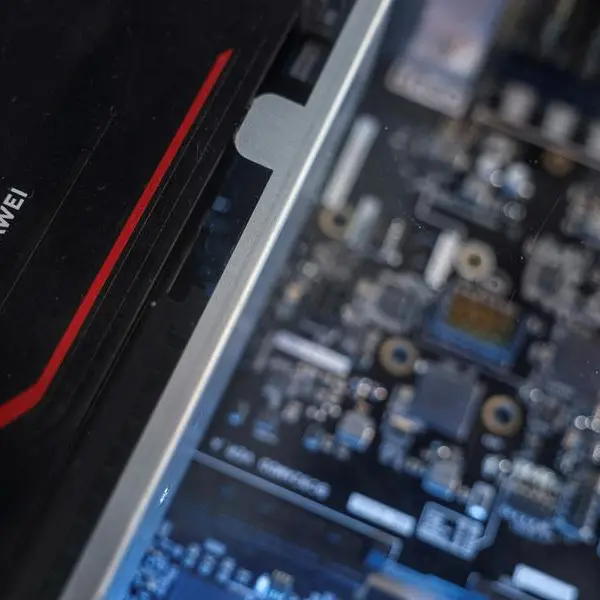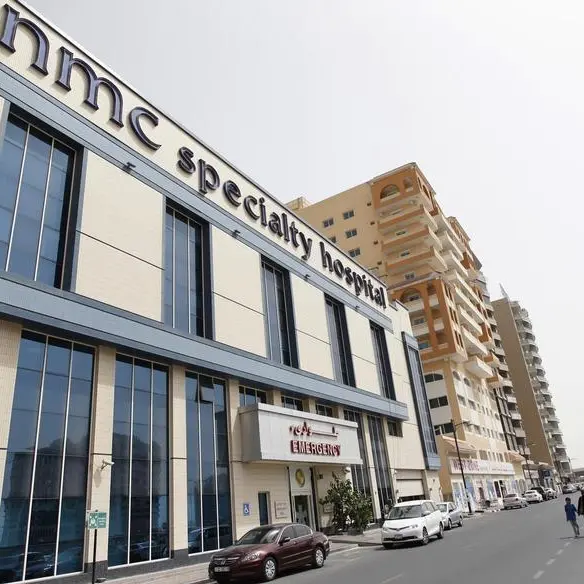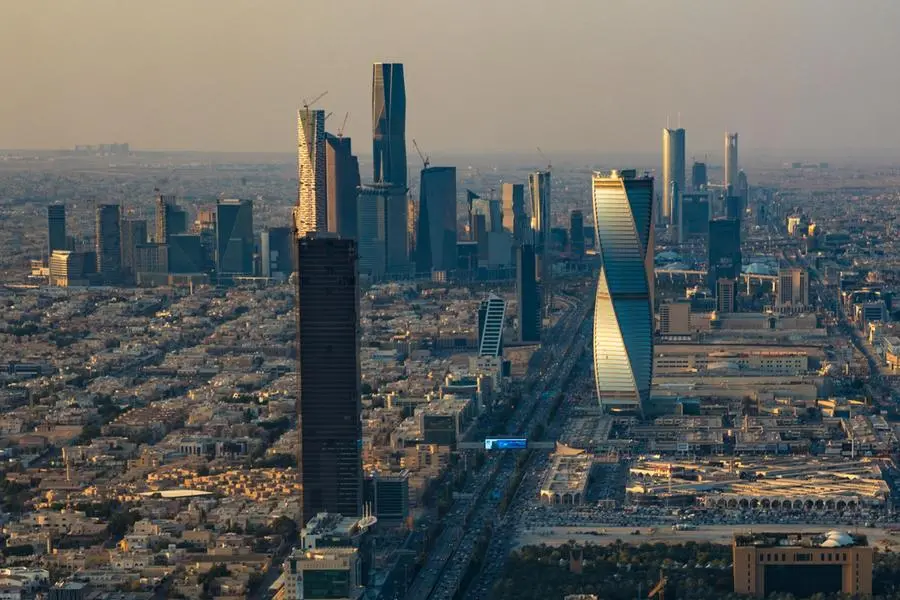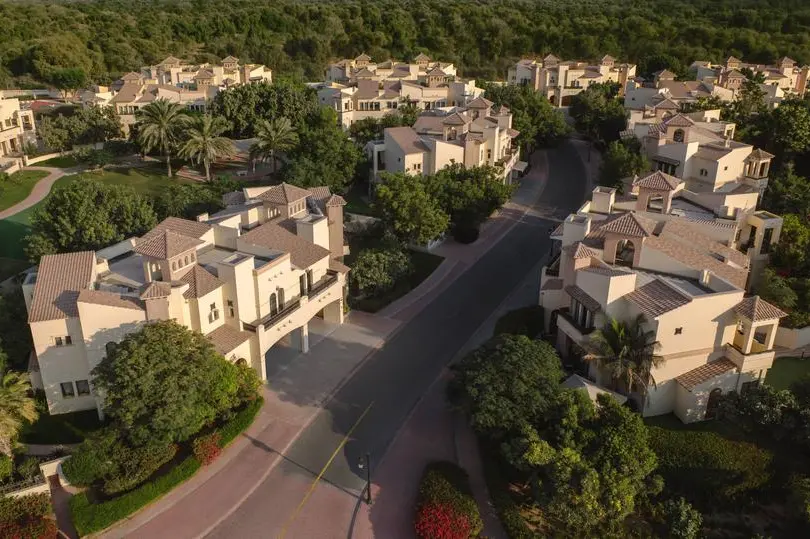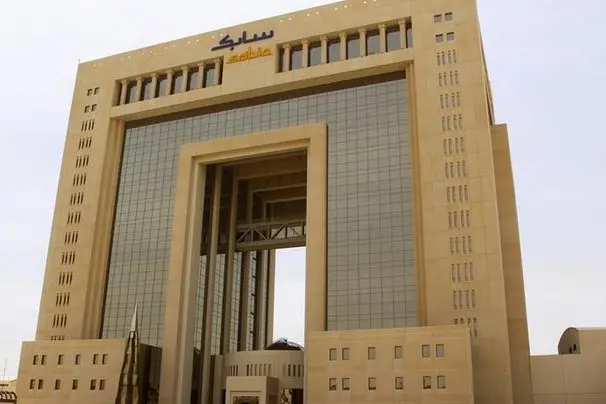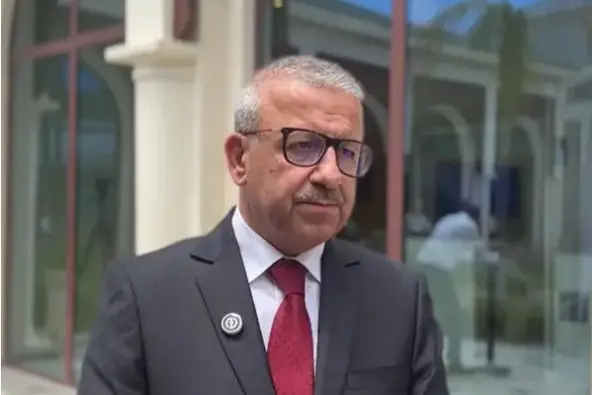As a financial instrument, Real Estate Investment Trusts, REITs have first appeared in the US during the 1960s. More than 20 markets worldwide now have REIT regulations, and the REIT global market capitalization is estimated more than $570 billion, according to Ernst & Young. In some countries like Greece and the Philippines, the Real Estate Investment Trusts are known as Real Estate Investment Companies or REICs. According to a report by Kuwait & Middle East Financial Investment Company published by Emirates Business 24/7 newspaper, the GCC countries hold a good potential for REITs. There is good potential for REITs in the UAE, Qatar and Kuwait as they have highest percentages of rich households in the world, indicates the report. Besides, Saudi Arabia hints for a good potential for REITs as its real estate sector is still growing and where investors hold over $92 billion in Shariah compliant financial assets and is the largest Islamic banking player in the world in terms of fund volume. Remarkably, indicates Emirates Business, amid the global financial crisis, a Kuwait- based REIT - Markaz Real Estate Fund established in 2003 - has announced 10.4% total annual return; 7% cash and 3.38% capital gain paid on a monthly basis payments in September 2009.
On the other hand, according to AT Kearney Middle East, most developers in the Middle East have assets suitable for REITs on their balance sheets and their numbers have risen with the global crisis. According to the same report, the first publicly listed Shariah-compliant REIT was established in August 2008 in Singapore, however by June 2009, the MENA's first Islamic REIT establishment was approved by the Central Bank of Bahrain. On a regional scale, one of the earliest established REITS in the GCC goes back to 2006, by HSBC & Daman "The Arabian Real Estate Investment Trust (AREIT)".
Despite the pessimism pervading Dubai's real estate market, the Emirate has launched a Shariah-compliant real estate investment trust (REIT) late 2010 after a failed attempt in 2006, a study by Wharton School of the University of Pennsylvania points out. Emirates REIT, jointly developed by Dubai Islamic Bank and Eiffel Management, a French REIT specialist, joins a number of Shariah-compliant REITs that have been set up Asia and the Middle East over recent months. Governments and Islamic financiers alike hope the new products will spur investment from Muslims and non-Muslims into these regional real estate sectors. What is REIT and How Does it Function?
By definition, the Real Estate Investment Trust (REIT) is a medium-risk investment class that brings liquidity to the market delivering returns ranging from 5 to 10% on average. REITs provide greater diversification, potentially higher total returns and/or lower overall risk. In short, their ability to generate dividend income along with capital appreciation make them an excellent counterbalance to stocks, bonds and cash. Individuals can invest in REITs either by purchasing their shares directly on an open exchange or by investing in a mutual fund that specializes in public real estate. An additional benefit to investing in REITs is the fact that many are accompanied by dividend reinvestment plans (DRIPs).
According to Investopedia.com, a REIT is created when a corporation (or trust) uses investors' money to purchase and operate income properties. REITs are bought and sold on the major exchanges, just like any other stock. A corporation must pay out 90% of its taxable profits in the form of dividends, to keep its status as an REIT. By doing this, REITs avoid paying corporate income tax, whereas a regular company would be taxed its profits and then have to decide whether or not to distribute its after-tax profits as dividends. Yet, REITs allow investors into non-residential investments such as malls, or office buildings, and are highly liquid, In other words, investors won't need a realtor to help them cash out their investment. As mentioned, REITS, by their very nature, are tax efficient vehicles. The tax efficiency means they are high yielding, and the high yield tends to reduce share price volatility, which has been the consistent concern with securitization. Various financing tools and products are available, but REITs are becoming more appealing instrument for investors. There has been a global rise in the number of REITs, particularly in the Asian markets. Types of REITs
REITs are divided into three categories based on their source of income: 1) equity REITs simply own and rent properties; 2) mortgage REITs make loans; and 3) hybrid REITs do both. Equity REITs are considered superior for the long run because they earn dividends from rental income as well as capital gains from the sale of properties. Mortgage REITs are a good speculative investment if interest rates are expected to drop.
They react more sharply to interest rate movements than equity REITs because their dividends are from interest payments. Some REITs may be organized for a single development project. Others, called finite-life REITs, are set up for a specified number of years, after which they are liquidated and the proceeds are distributed to the shareholders. Another type of classification for REITs involves the ability to issue additional shares. Closed-end REITs can issue shares to the public only once and cannot issue additional shares (causing dilution) unless approval is given by current shareholders. Open-ended REITs may issue new shares and redeem shares at their fair market value at any time. REITs as Investment in Foreign Assets: Case Study
While the REIT structure was used to spur investments in the country where it was established, some REIT markets have grown well beyond their local boundaries. In these countries, the need to find alternative markets for growth has become imperative. According to a study conducted by Manila University, Australia, for example, has the strongest REIT market in the Asia Pacific region. Large amount of superannuation, a retirement program in Australia, is continuously looking for new investments and some of the funds in the portfolio are allocated in property, the study reveals. Thus, Australian REITs have been investing in international properties to gain exposure to foreign property markets. In fact, 43% of property directly held by Australian REITs is located on foreign shores. Evidence of this market trend has been a rise of Australian REIT IPO's on the Australian Stock Exchange that invest solely in the Japanese office and retail properties.
Another advantage in this strategy is the opportunity for borrowing arbitrage. By leveraging in Japanese currency and lending rates, "AREITs have taken advantage of the spread between interest rates in Japan compared to property yields" (Ernst & Young).
Investing in the Japanese market has produced satisfactory income returns for AREITs compared to dividend yields in its home market. Also, not only has the Australian market grown tremendously in market capitalization and REIT number, but the strength of the market has risen as well, the Manila University study indicates. "The average AREIT experienced $1 billion in trade in its stock in 2006. In 2007, this rose to a depth in trading of $1.6 billion per REIT" (Ernst & Young). Singapore, on the other hand, is another REIT market with investments in foreign assets. In 2006, Singapore real estate giant CapitaLand launched its CapitaRetail China Trust, raising $150 million in a Singapore public offering. The deal which represented CapitaLand's overall China strategy included seven shopping malls in five Chinese cities. Encouraged by their parent companies' who develop these China projects and then sell these projects to their respective REIT subsidiaries, Singapore REITS soon follow as they bring not only management experience, expertise and international standards, but also, better access to the capital markets for Chinese real estate projects. Shariah Compliant REIT's
A report published by the National University of Singapore and written by Muhammad Faishal bin Ibrahim, the past decade has witnessed a rapid growth in Islamic banking and finance market making it one of the faster growing financial niche markets globally. Growing at a rate of 15% in mid-1990s, Islamic banking is expected to be a dominant growth engine in finance and banking in this millennium indicates the report. The United Kingdom Financial Services Authority has estimated Islamic banking and finance market to be worth between $200 billion to $500 billion worldwide. Other sources estimate the Islamic finance market to be between $250 billion and $ 1 trillion. According to the same report, the flow of funds into Asia has increased substantially. Islamic real estate funds originating out of GCC in recent years amount to more than $1.8 billion. Apart from private real estate funds, an increasing interest is seen in Islamic REITs as a vehicle for Middle East funds. The first Islamic REIT guidelines were introduced by Malaysia in November 2005, and Al'-Aqar KPJ healthcare REIT is the first Islamic REIT listed in Malaysia in August 2006. On the other hand, according to a study published by Wharton School of the University of Pennsylvania, the Islamic REIT is no different from a conventional one in form and in principle. But to comply with Shariah, the Islamic code of law, the fund must abide by a number of rules mainly avoiding interest, indicates the study. There are also restrictions on what it can invest in--the exclusions include investing in building or hosting conventional banks and insurance companies; gambling and adult entertainment establishments; and the manufacture or sale of haram (forbidden) products, such as tobacco, alcohol and pork. Islamic REITs are also conservative by nature: Selective asset choice, an emphasis on fair and regular distribution of income, and no direct investments. This doesn't mean an Islamic REIT is narrowly limited in its investment possibilities. Shariah-compliant investors still have a wide range of options that according to Wharton include: Logistics and infrastructure investments, schools or medical facilities, public buildings by sale and leaseback. The Process of Developing Islamic REITs is Slow in the Middle East
Kuwait and Bahrain both have one Islamic REIT, but the product has not developed elsewhere in the region due to the global financial crisis, and the lack of regulation, indicates the Wharton report. This is not the case in Asia, where Muslim countries have pioneered Islamic REITs. In 2006, the Dubai International Financial Centre has passed an Investment Trust Law, and an Investment Trust and REITs Rules Instrument. Some earlier attempts to raise a REIT in the UAE failed, such as those by Nakheel. One explanation for the unsuccessful starts is that the Gulf region has lacked incentive for REITs because of its favorable tax regimes, the Wharton report underlines. Such trusts have gained popularity in the West because they allow for an important tax advantage: The payout of high dividends straight to investors, there is no tax on the vehicle, only at the individual level. With its tax-free environment, the Gulf region might provide little incentive to invest in a REIT, given the investment requirements. The establishment of REITs in the Middle East still hinges on the question of regulation, which depends not only on legal norms of government, but also on Shariah scholars' approval. And the approbation takes place on two levels: with national regulators and within each fund, concludes the Wharton report.
© Ekaruna 2012


